Surveys indicate a smooth path to victory with a comfortable majority for Modi’s BJP
As India’s sprawling democratic process unfolds, nearly one billion eligible voters are set to cast their ballots in the ongoing seven-phase general elections, commencing on April 19 and concluding on June 1, with results slated for June 4.
Prime Minister Narendra Modi, vying for a historic third consecutive term, rides on a platform bolstered by economic achievements, welfare initiatives, nationalist fervor, and personal popularity. Surveys indicate a smooth path to victory with a comfortable majority.
In opposition, a coalition of over two dozen parties, led by Congress, counters Modi’s campaign with promises of increased affirmative action, expanded social welfare, and an end to what they deem autocratic governance.
Today’s polling, encompassing 88 parliamentary seats out of 543, sees participation from 160 million voters across 13 states and federal territories. Significant focus lies on states like Kerala, Karnataka, and Rajasthan, which collectively hold more than half of the seats up for grabs.
Campaign dynamics have shifted, with communal issues taking center stage. Modi accuses Congress of minority appeasement and diluting affirmative action, while Congress, led by Rahul Gandhi, contends that Modi diverts attention from pressing concerns like unemployment and rural distress.
In a bid to rally support, Rahul Gandhi, contesting from Kerala’s Wayanad constituency, emphasizes the party’s manifesto as a reflection of voters’ aspirations.

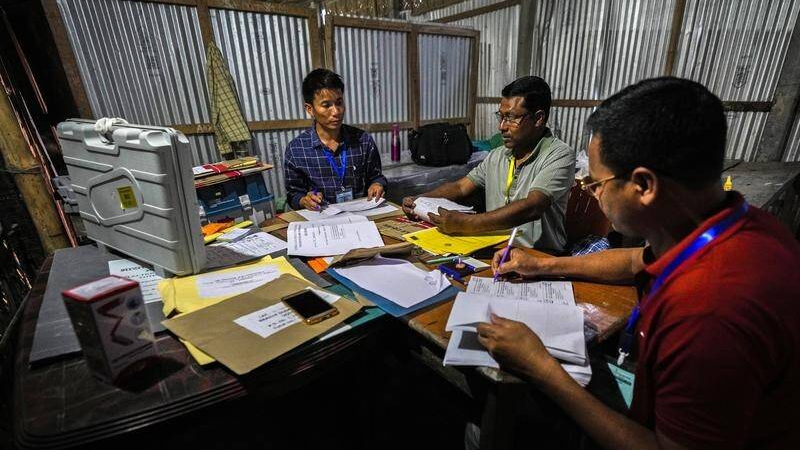


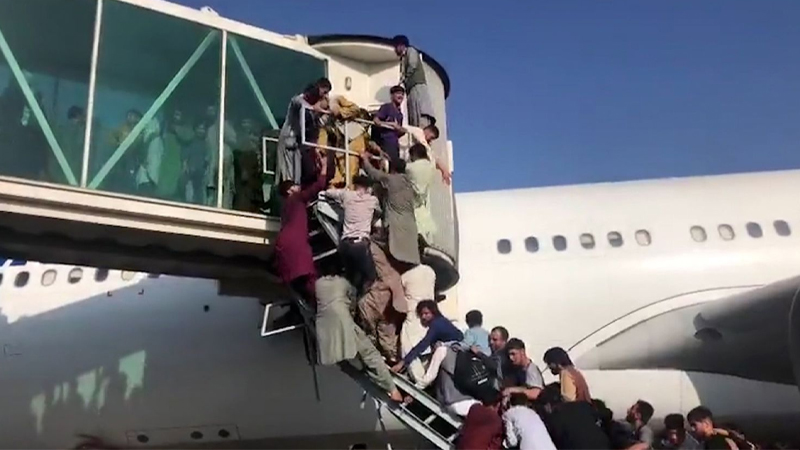



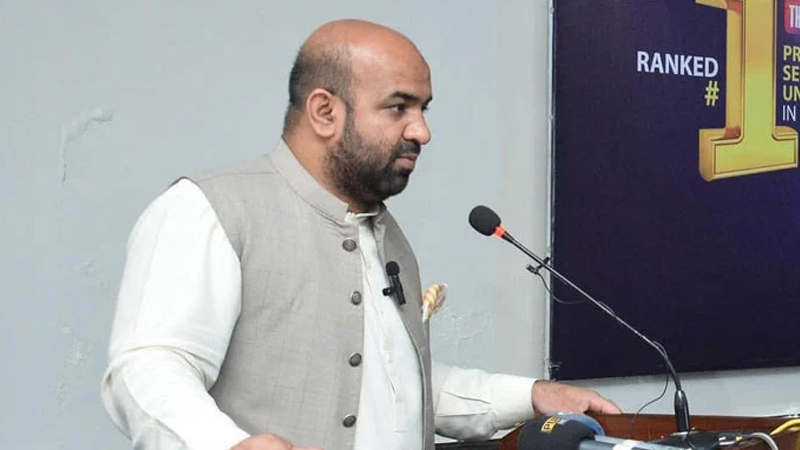
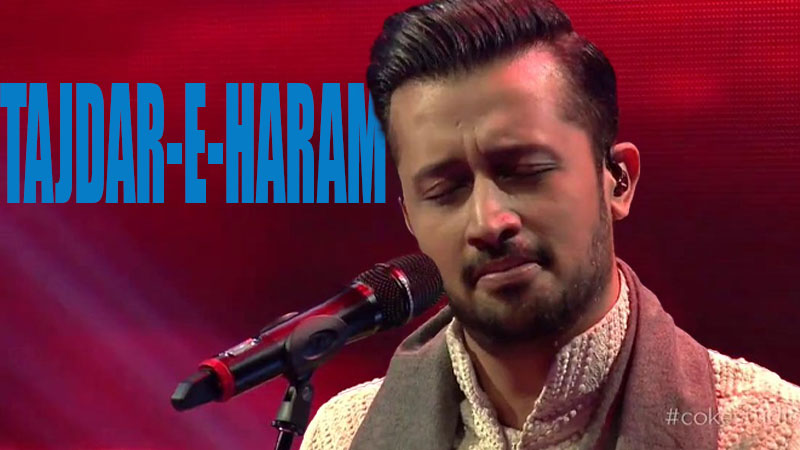
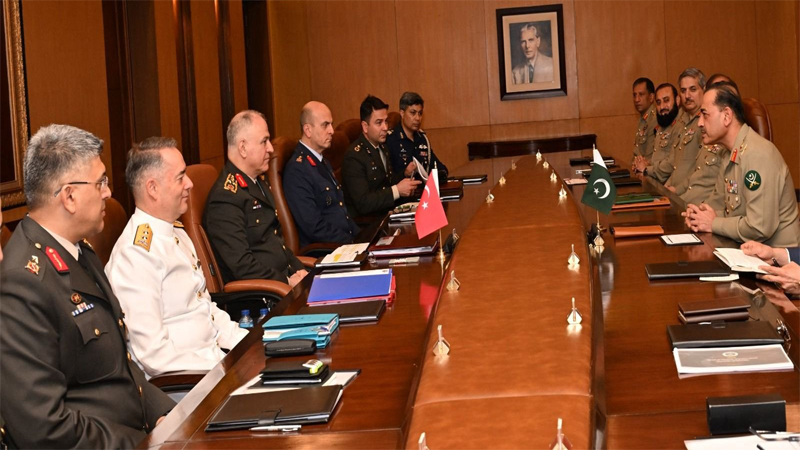
Leave a Reply